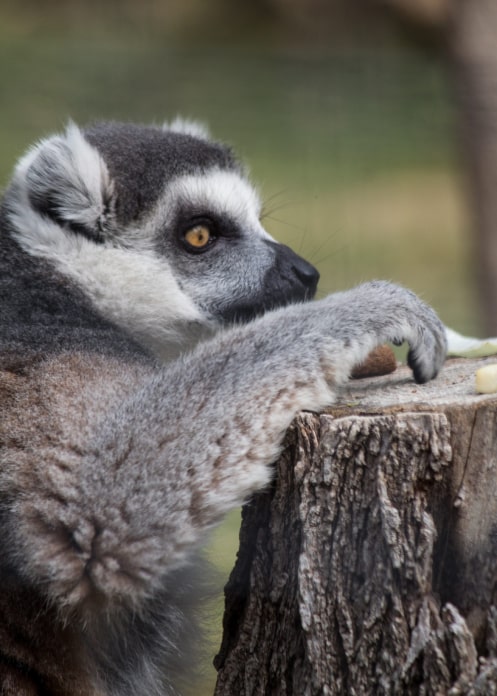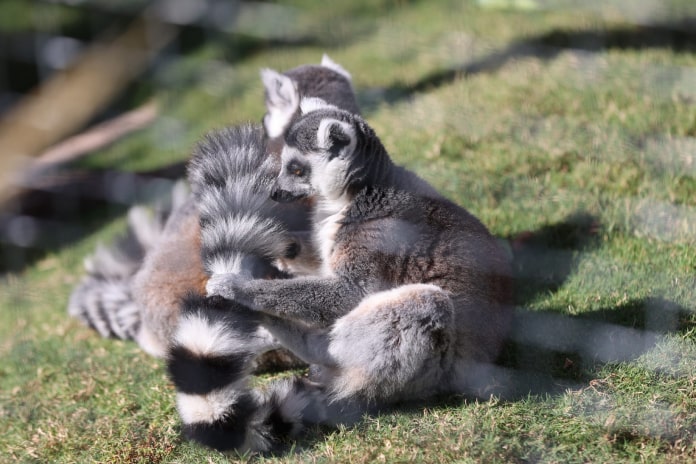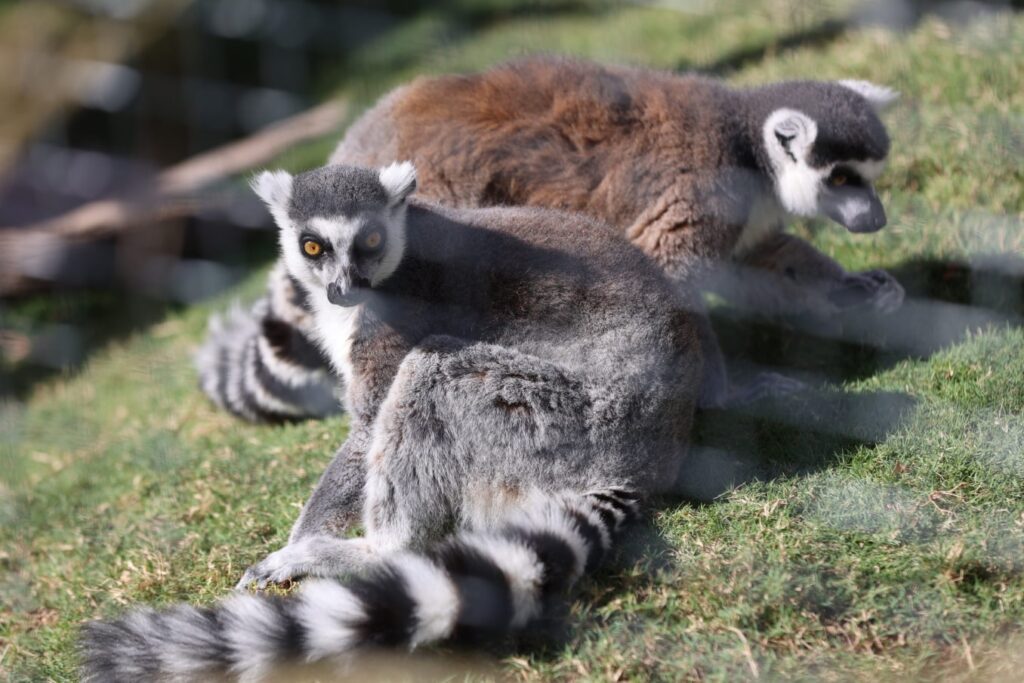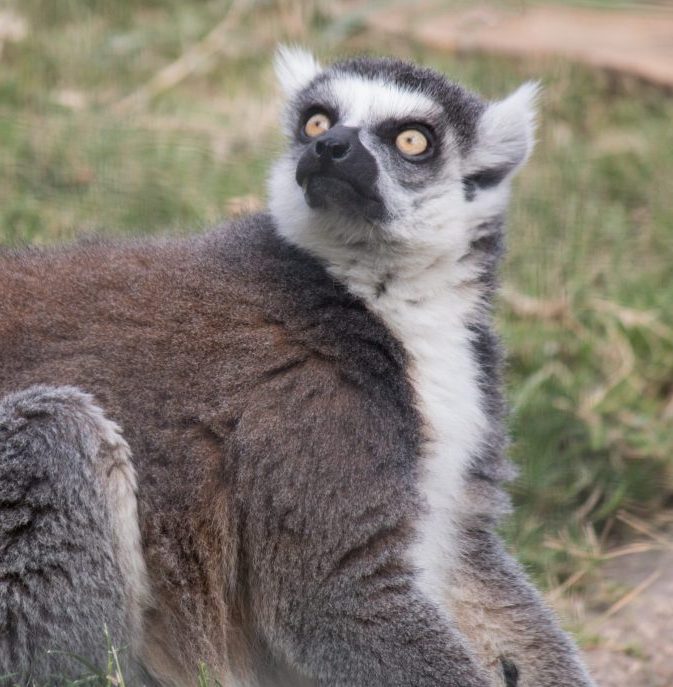Named for the striking black and white halos that bedeck its tail, the ring-tailed lemur (Lemur catta) is one of the most distinguishable lemur species that has commanded the attention of many researchers. Native to Madagascar, the primate, with its glowing orange eyes, is the symbol of the island’s unique biodiversity.
Journey with us to Madagascar as we discover what makes this animal of immense intrigue.
Diet
Ring-tailed lemurs are opportunistic omnivores that enjoy diverse dietary options. Their opposable thumbs allow them to grasp an assortment of food from fruits, leaves, flowers, and occasionally insects. This diet varies with seasonal changes; during seasons of scarce vegetation, ring-tailed lemurs resort to meat from small reptiles and even birds.
Ring-tailed lemurs are known to forage in troops, engaging their strong sense of smell to locate food. Their ability to feed on a variety of plant parts helps them survive in the diverse habitats of Madagascar.
Habitat
Ring-tailed lemurs are highly adaptable and can thrive in various environments within Madagascar, including deciduous forests, spiny desert areas, and gallery forests along rivers.
A ring-tailed lemur spends nearly half of its time on the forest floor. As a result, its habitat features a blend of trees and open ground, which provide ample opportunities for foraging and social interaction.
Size and Weight
Adult ring-tailed lemurs typically weigh between 5 to 7.5 pounds and measure about 15 to 18 inches in length. Their distinctive tails boost this length with an additional 22 to 25 inches. Males and females are similar in size, although slight differences can occur influenced by individual health and environmental factors.
Migration
Unlike many other animals, ring-tailed lemurs are not migratory. They only move seasonally within their home ranges in search of food and favorable climatic conditions.
Lifespan
The median ring-tailed lemur lifespan in the wild is about 16 to 20 years. However, in captivity, away from predators and human conflict, and with regular access to food and medical care, they can live longer.
Breeding and Young
Breeding occurs once a year for ring-tailed lemurs. The primates typically breed during the dry season and give birth in the rainy season when food is more abundant. Females usually give birth to one offspring after a gestation period of about 134 to 138 days, but in exceptionally abundant seasons, multiples can result.
A new-born ring-tailed lemur hangs onto its mother’s belly for the first few weeks before transitioning to riding on her back. At this age, it depends on its mother for nourishment and protection, occasionally sampling food until it’s old enough to start foraging with the group.
Conservation Status
Ring-tailed lemurs are currently listed as Endangered by the IUCN Red List. The primary threats to their survival include habitat destruction due to intrusive human activities such as agriculture, logging, and charcoal production, as well as illegal hunting.
Fast Facts
FAQ
How do male ring-tailed lemurs establish dominance during mating season?
Male ring-tailed lemurs establish dominance during mating by out-stinking fellow males. They do this by rubbing secretions from the scent glands all over their tails and then waving their tails to let other males know that they have a right to mate with the females.
Are ring-tailed lemurs dangerous?
Lemurs are not necessarily dangerous, but they’re not entirely harmless. When they feel trapped or threatened, they can get territorial and aggressive.
Are ring-tailed lemurs friendly?
No. While their outward appearance might give cutesy and cuddly, ring-tailed lemurs are not friendly to humans, especially in the wild.





